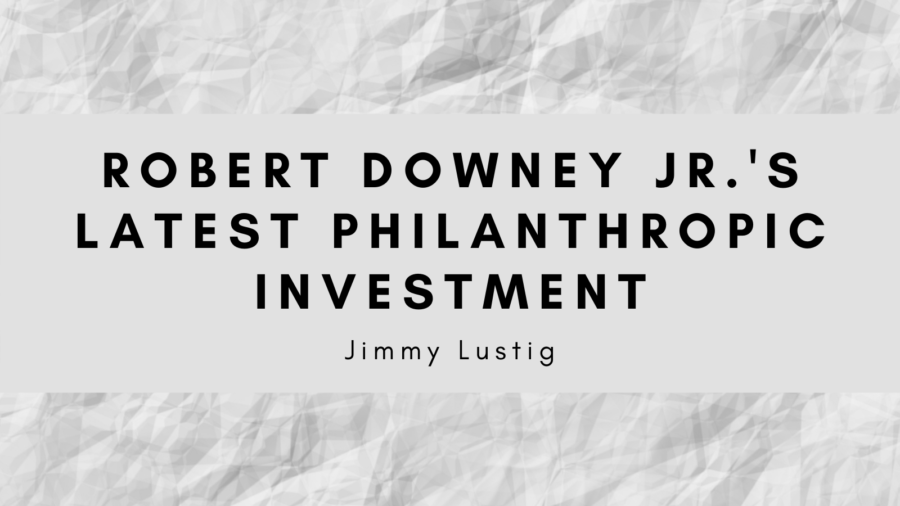According to a survey, over 60% of consumers are likely to buy from companies that support social issues. This is a huge reason why many companies are now developing their corporate social responsibility (CSR) strategies. Aside from being beneficial to the consumers, CSR can also help companies attract and retain top talent. It can also improve brand equity and encourage employees to work harder.
We’ve collected inspiring examples of corporate philanthropy that can help you build a strong foundation for your initiative. These examples use different tactics to engage their employees and increase the impact of their generosity.
Rise Against Hunger by Kraft Heinz
In 2011, Kraft Heinz launched a campaign known as Huddle to Fight Hunger, which involved donating a meal’s worth of money to local food banks for every Facebook “like” that person had made. This effort was also used to boost brand awareness.
The partnership between the two organizations grew into a permanent one. For the last three years, the two companies have held an annual event involving packaging thousands of meals. This year, Kraft Heinz provided $2.5 million to help fund the event.
Through their charitable campaigns, Kraft Heinz created effective marketing and fundraising strategies. They also used non-cash volunteering activities and donations to positively impact their local communities.
Volunteer Grant Program by Microsoft
One of the most prominent companies in the world regarding corporate responsibility is Microsoft. Through its volunteer grant program, the company could provide financial assistance to a different charity for each hour of work that its employees volunteered. Microsoft employees logged over 3 million hours of volunteer work each year.
The company’s volunteer grant program is also successful because it encourages employees to get involved in philanthropy and provides them with rewards. It also allows them to select their charity for donations. This method increases the levels of engagement and helps boost the company’s buy-in.
One of the essential factors you can consider when implementing a corporate philanthropy program is the inclusion of employee choice. This method allows employees to impact the causes they care about positively.
Student Loan Reductions by Penguin Random House
One of the most effective ways companies can implement corporate philanthropy is by providing financial assistance to their employees to pay off their student loans. The company could help its employees reduce their student loan payments by $1,200 annually through this method. This method can have a significant impact on the financial situation of their employees and can help boost the company’s retention rate. As the outstanding national debt of colleges and universities has reached over $1.5 trillion, this method can strongly incentivize employees to participate.










